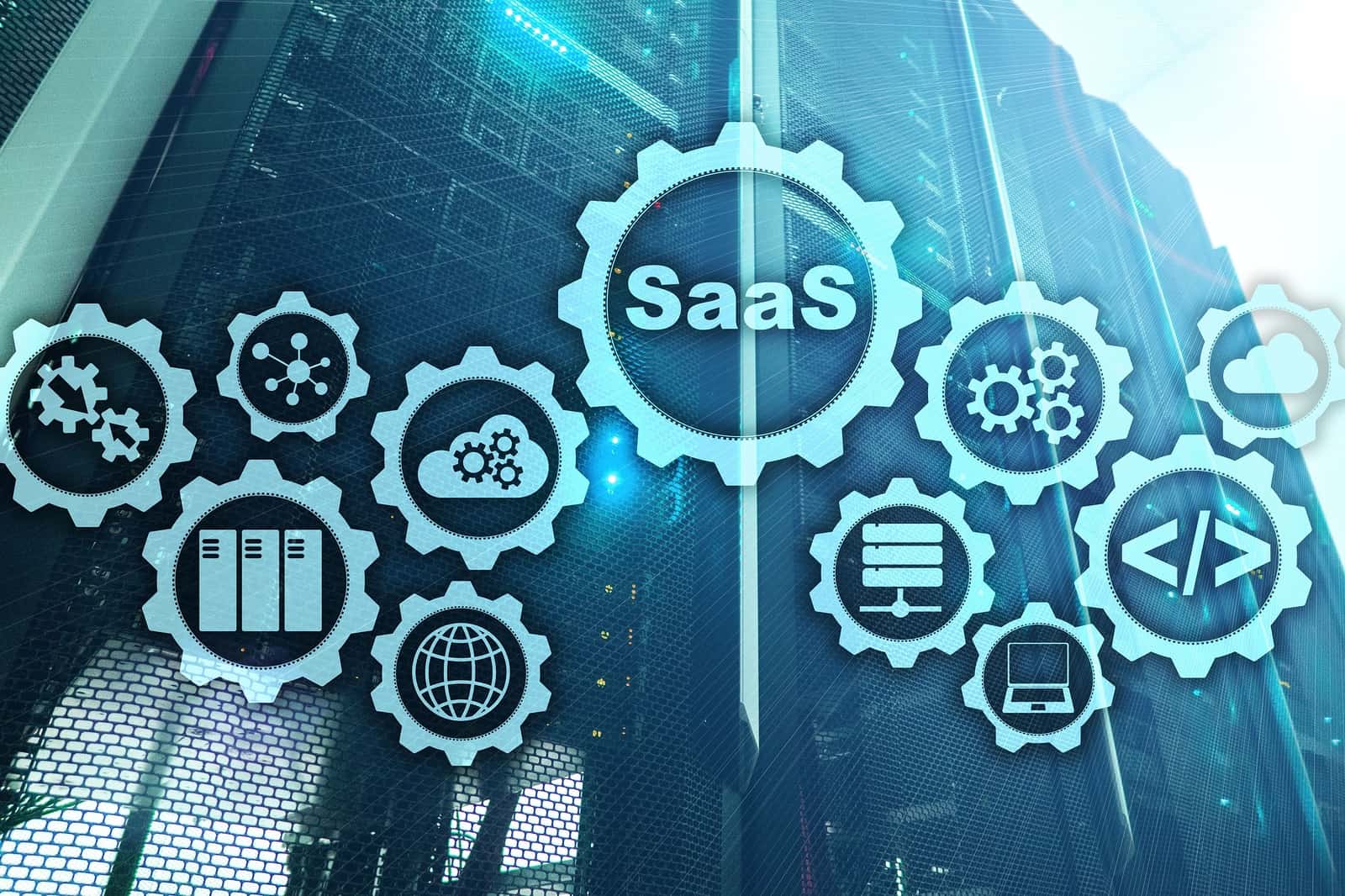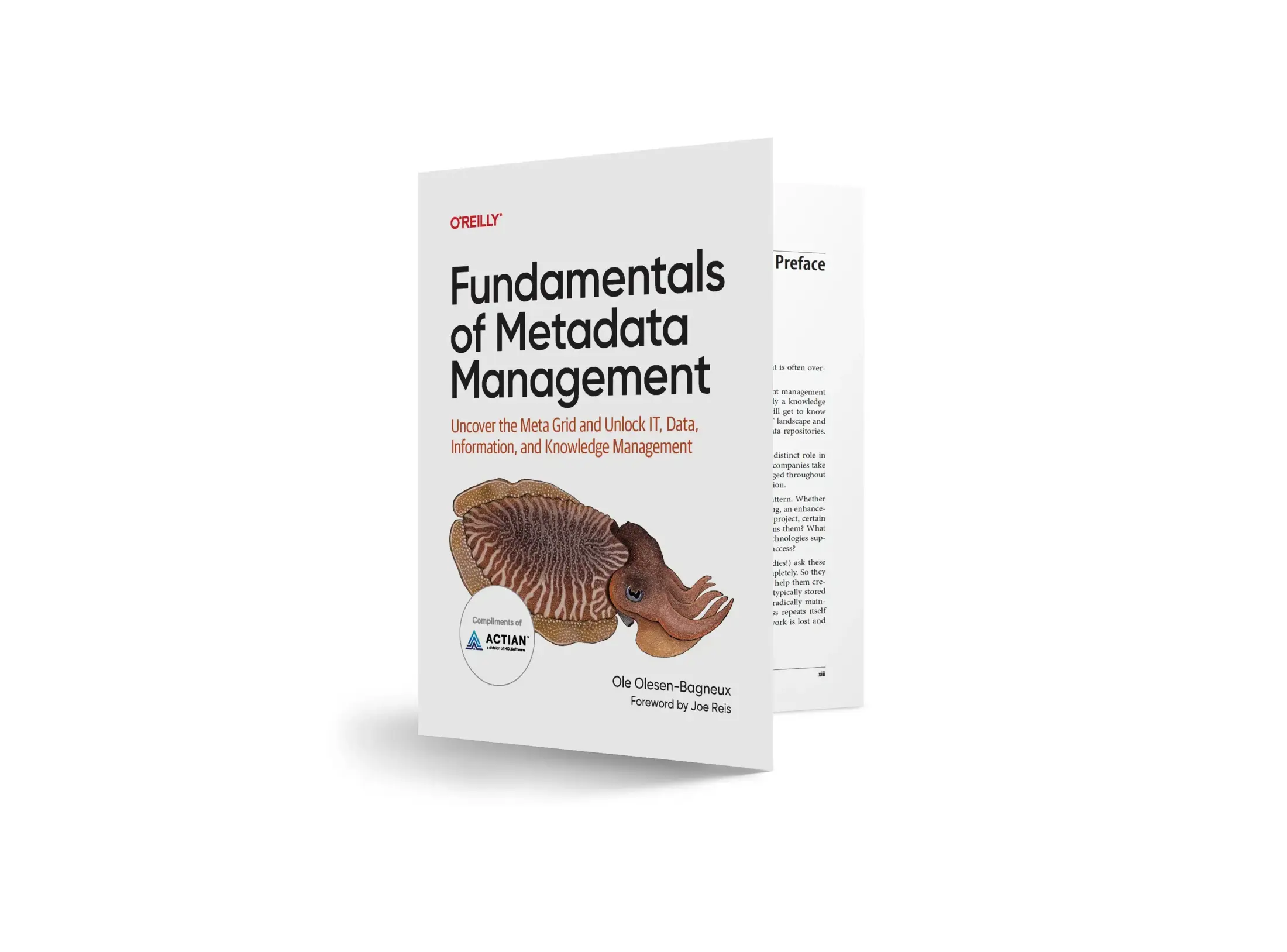Actian 2020 Predictions: 4 Data Trends for Analytics
Actian Corporation
December 18, 2019

The transformative agency of data within the enterprise grows more powerful every day, and the ways in which enterprises manage and leverage their data are therefore in a state of profound transformation. New technologies, strategies and trends are taking shape almost daily across analytics, cloud, UX and IoT.
In 2020, we’re going to continue to see data re-shaping customer experience, multiple business functions, as well as the analytics infrastructures on which these systems operate. We’re also going to see 5G ushering in a golden age of IoT and analytics at the Edge.
Customer Experience and Marketing Are Driving the Evolution of Analytics Systems
For many enterprises, the most opportune areas for new digital transformation projects are customer experience and marketing. Think customer-360, Hyper-Personalization, and Contextual Communications. These are extremely data-intensive use cases that are also reliant on data from new sources like SaaS apps, and via myriad integrations in the cloud. This means that a growing number of these kinds of projects are driving the provisioning of resources, like cloud data warehouses, and informing the selection of other elements supporting the analytics stack, like data integration, ETL, and more.
But even before there’s a formal commitment to a “big bet” like Omni-Channel Contact Center with Sentiment Analysis, for example, it is marketing that often knocks (informally) on IT’s door first. This happens because marketing is now generating lots of data from the digital side that they want to leverage. For many enterprises, this may be the first time in a while that someone has come with interest in bringing a new data source to an existing analytics framework. As a result, new pipelines must be created, which compels a look at how data flows into analytics databases and at the nature of those analytics databases themselves.
More Enterprises Decide That They Will Never Be 100% in the Cloud – and That’s Okay
NASA is hardly the poster organization for your typical enterprise analytics needs, but when I read about the new supercomputer named Aitken NASA installed in Mountain View last August, I was inspired by what it meant for the future of an on-premises data center. There’s something about servers that you own, and employ a team to look after, that satisfies a deep-seated IT imperative – control. The last few years it’s felt as though the move to the cloud was a foregone conclusion for all but the most laggard of organizations.
Never mind that most of the total footprint for analytics at enterprises is still on appliances like Netezza and Teradata. These systems are still extremely performant and support many mission-critical analytics applications. The inertia to remain at least partly on-premises is now gaining additional weight, as a spate of new customer data privacy regulations come into effect, such as GDPR (last year) and CCPA (next year). Compliance with these data privacy regulations is absolutely a matter of control, and for that reason on-premises will remain in the mix for the foreseeable future. Hybrid (a combined cloud and on-premises approach) will be a part of the analytics roadmap for many enterprises in 2020 and beyond.
UX Innovation is Driving the Transformation of IT and Data Teams
About 10 years ago the appearance of Tableau started a wave of disruption affecting every enterprise data analytics team. This resulted from two things – the ability to sever the dependence data analysts and data scientists had on IT to access useful data sets, and the empowerment of a slick, web-based UI that made it easier than ever to explore data and derive insights. Since then, the democratization of access to insights from data has accelerated as subsequent innovators on the visualization front, like Looker and Qlik, continue to innovate in UI and cloud-based performance.
In 2020 and beyond, this democratization of access to and power over data will extend to other parts of the analytics stack. The low-code/no-code movement has come to many areas and functions that historically supported analytics, such as data integration and ETL. The provisioning of analytics databases (data warehouses) is much easier and far less demanding of traditional technical skills. The proliferation of easy-to-use drag-and-drop interfaces combined with the instant availability of cloud-based services is driving a Seachange for IT personnel. The old guard of DBAs and their engineering-minded ilk are being replaced by a new class of enterprise data wranglers whose core skills come from understanding how to orchestrate the flow of data to drive better business outcomes.
5G Opens the Door to a Golden Age of Edge Computing in IoT
With the promise to provide huge bandwidth and peer-to-peer interactions between devices, 5G networks will create richer shared information and analysis performed at the edge – all without the latency from having to use back-end systems to act as arbitration and central analysis for edge operations.
With higher network bandwidth, several industries – including communications, media and entertainment, logistics and transportation, healthcare, manufacturing, education and smart cities – will see major shifts take place. We’ll see secure localized groups join 5G-enabled augmented reality and virtual reality games, meetings and other localized peer-to-peer scenarios. Smart homes or smart hospital rooms, where local integration and decision-making capabilities are essential, will have multiple connected devices sharing information and performing analysis more quickly and seamlessly.
Moving into next year, we’ll see increased interaction between local devices and gateways as consumers and organizations integrate 5G, and these interactions will create new use patterns. Interactions will have the potential to improve, and even radically change, decision-making by both devices and people at the edge.
On the 2020 Horizon
The desire to do more and greater things with data is perhaps the most important overall trend shaping business today. What was speculative a few years ago and impossible a few years before that will take shape and become a large part of what’s propelling the enterprise forward in 2020. Our Actian team is humbly inspired and energized by what will yet become possible with data in the future.
This article was originally published on VMBlog.
Subscribe to the Actian Blog
Subscribe to Actian’s blog to get data insights delivered right to you.
- Stay in the know – Get the latest in data analytics pushed directly to your inbox.
- Never miss a post – You’ll receive automatic email updates to let you know when new posts are live.
- It’s all up to you – Change your delivery preferences to suit your needs.
Subscribe
(i.e. sales@..., support@...)




